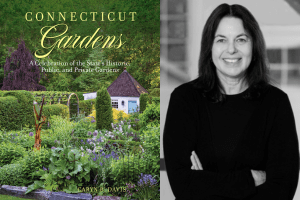We are excited to share this first article in a series by talented photographer and author, Caryn B. Davis, featuring some of the most beautiful private gardens in Connecticut.
We first built gardens to survive by growing food, medicine, herbs, and plants we could use to make dyes and weave baskets. But as we evolved and no longer needed gardens for sustenance, we gained the luxury of making gardens simply for beauty and pleasure.
The impressive gardens on these pages are featured in my new photography book, Connecticut Gardens: A Celebration of the State’s Historic, Public and Private Gardens. The book is a tribute to the people who created these remarkable spaces that are not only beautiful but are meaningfully crafted with reverence for our natural world.
Sleepy Cat Farm, Greenwich
After purchasing a Georgian Revival house, Fred Landman was inspired to create a complementary landscape worthy of his new home. Drawing inspiration from his extensive travels to the great gardens of the world, to historical places in Europe and Asia, from studying masters of design, and finally, from his own reservoir of knowledge on art, culture, and history, Landman created Sleepy Cat Farm.

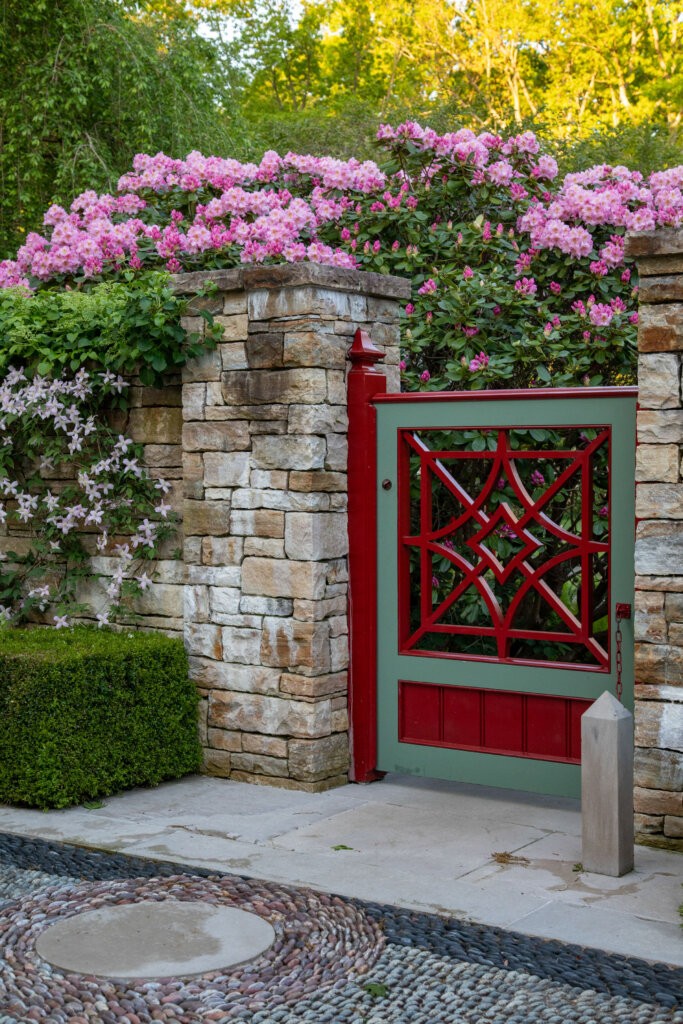
To achieve this ambitious goal, he enlisted the help of two heavyweights in their respective fields, architect Charles Hilton and landscape architect Charles Stick. Together with a team of skilled craftsmen and horticulturalists, they embarked on the 25-year journey of building Sleepy Cat Farm across 13 acres.
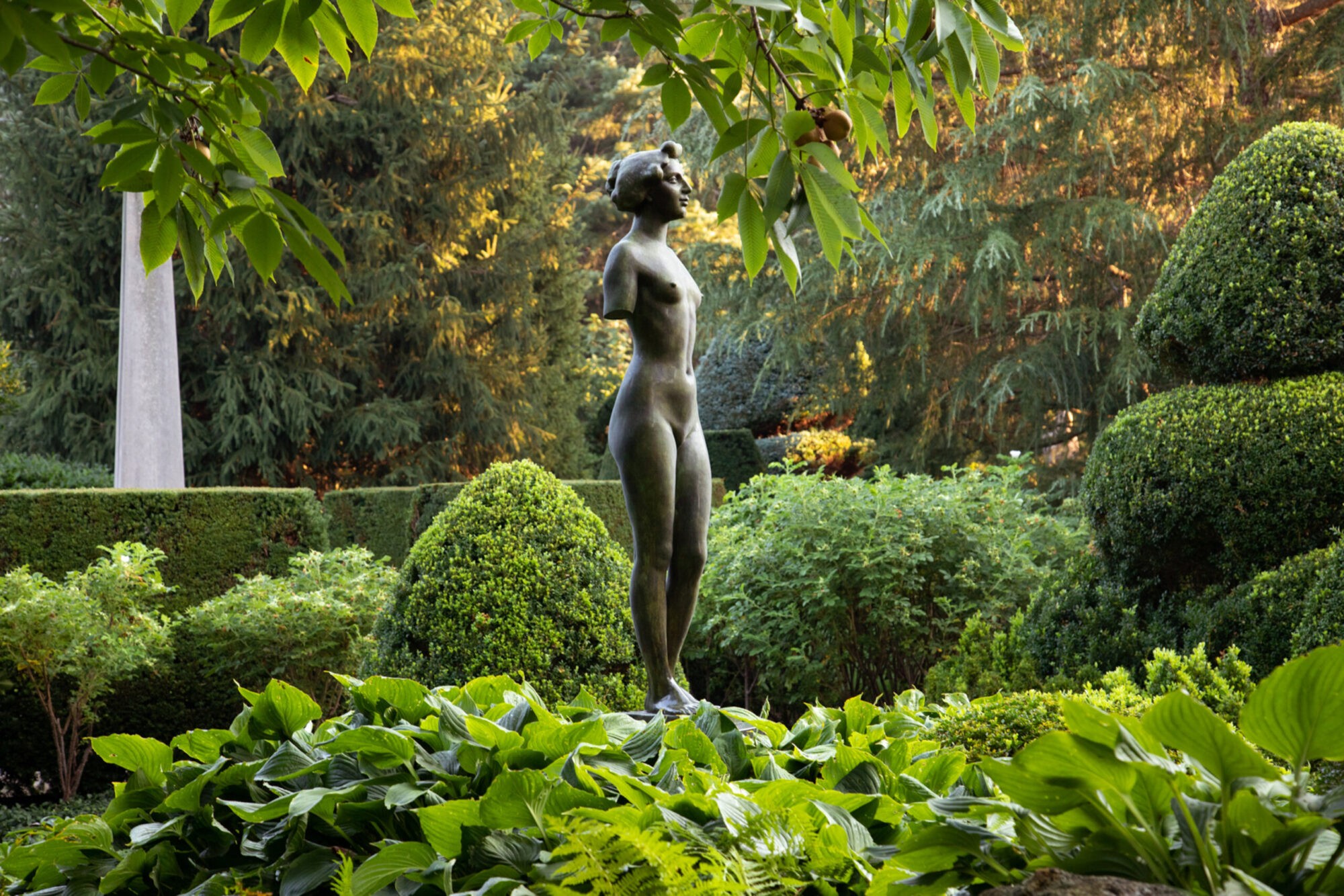
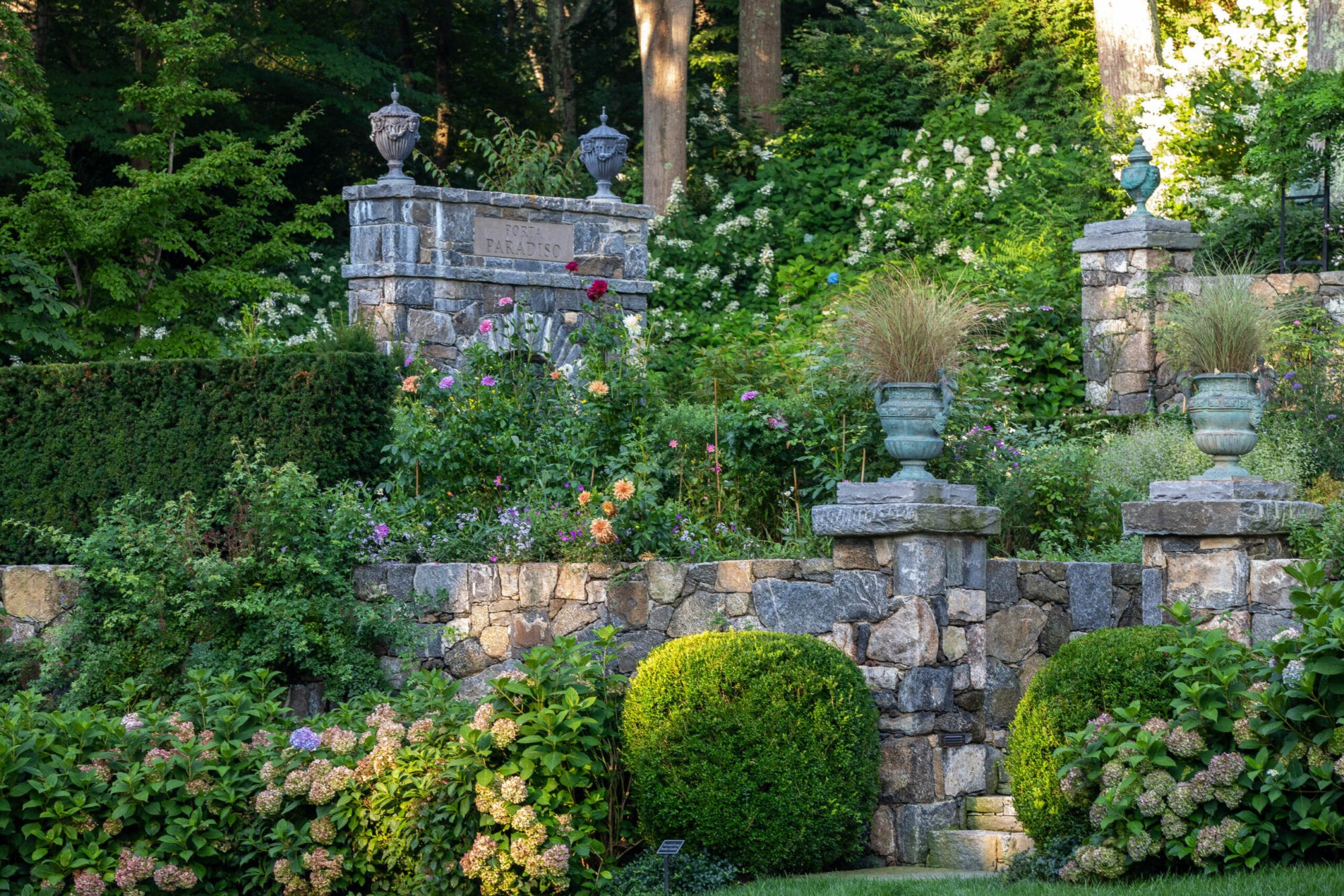

Words fall short in describing the ambitious grandeur, impeccable details, and outstanding design of Sleepy Cat. You need to be in its presence to grasp what this special place has achieved. Still, Sleepy Cat Farm is a bit like the Grand Canyon; images barely touch its surface, and to truly comprehend it, you need to physically experience the space. Fortunately, through the generosity of its creator, you can do just that. Landman opens Sleepy Cat Farm to the public a few times each year.
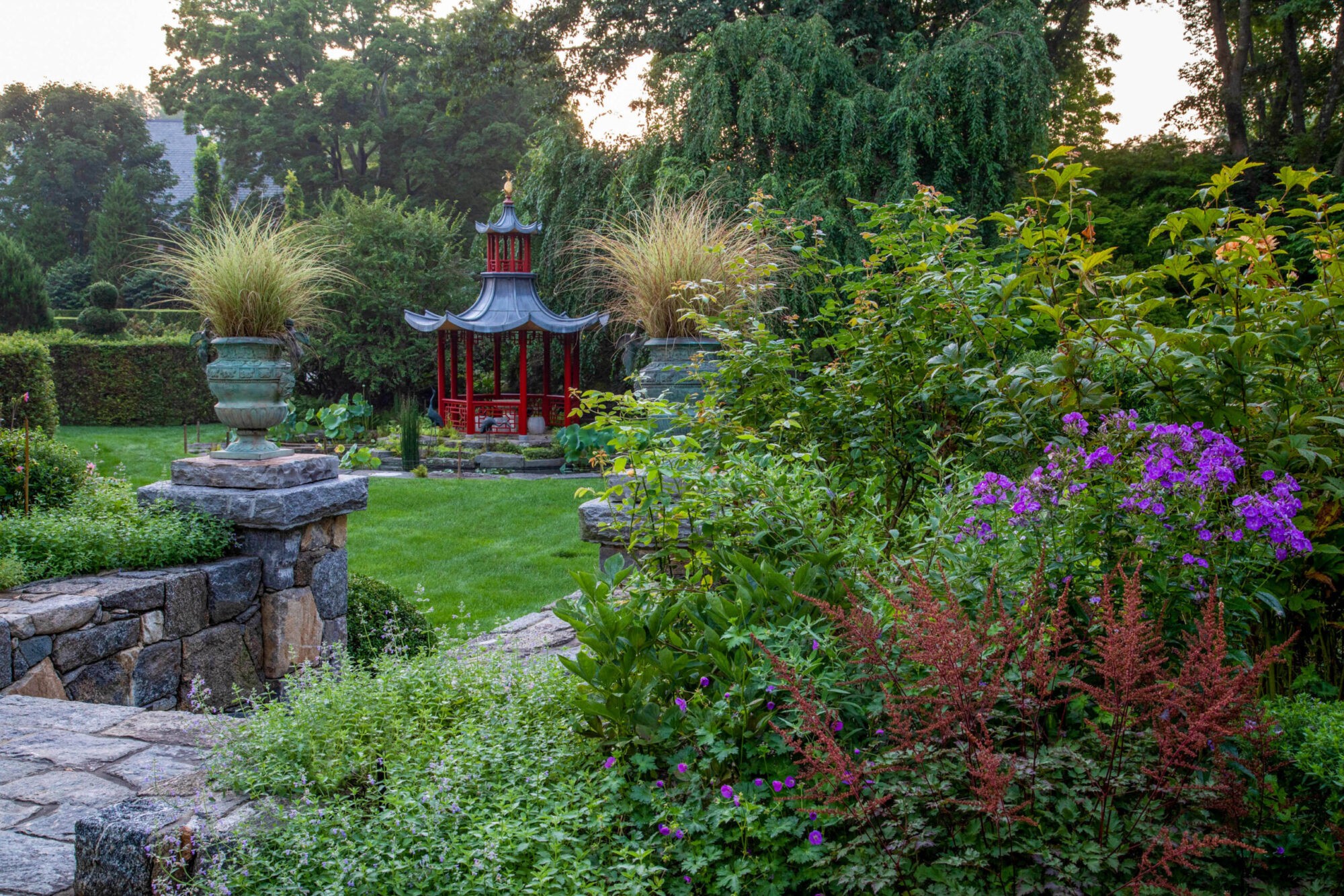
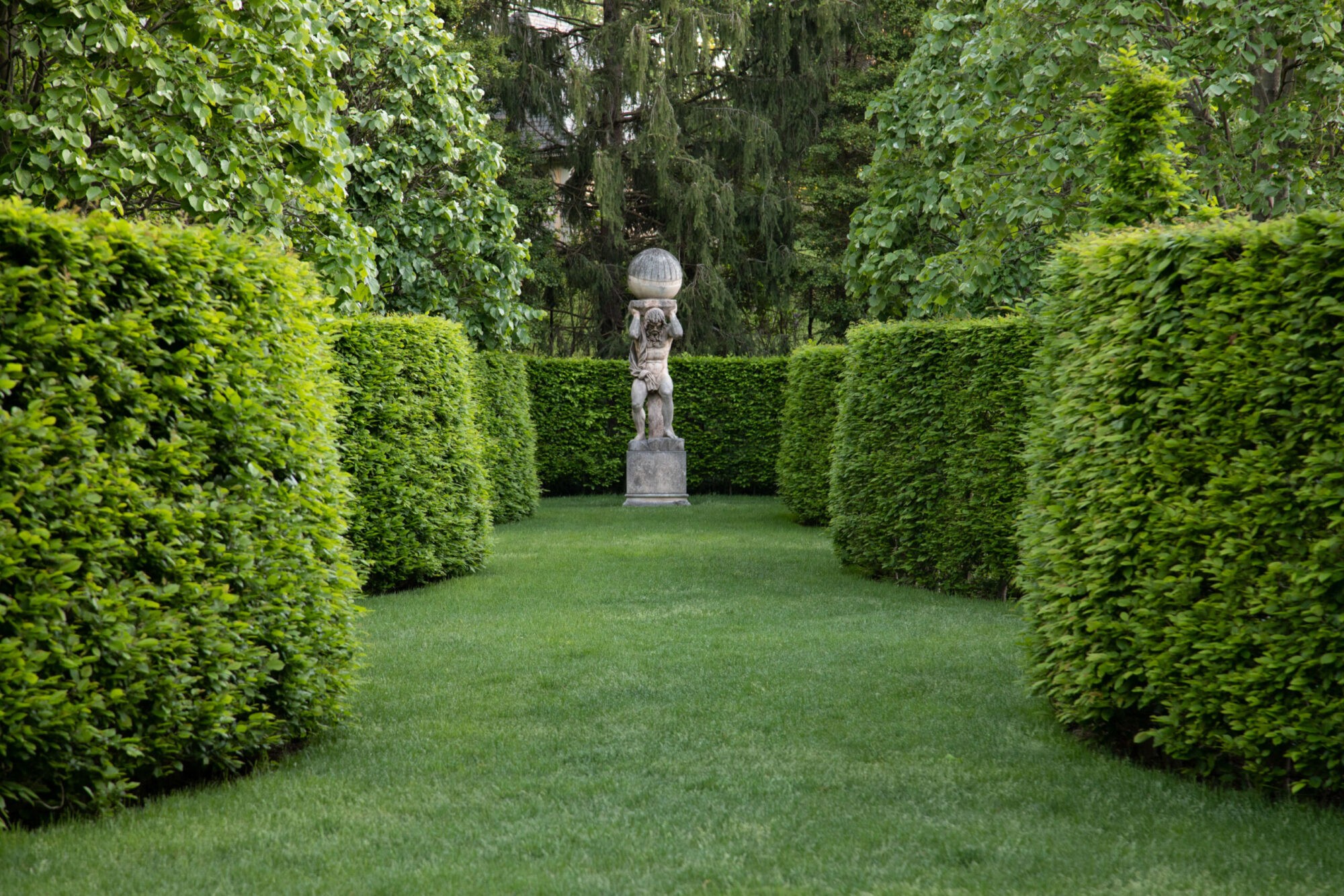

This year, Sleepy Cat Farm will be open to the pubic during the Garden Conservancy Open Days for Fairfield County on June 22nd and October 5th.
Gitanjali, New Canaan
Gitanjali is a Bengali word that translates as “song offerings” and is the title of a collection of poems by mystic and poet laureate Rabindranath Tagore. It is also the name of Dinyar Wadia’s garden. For the renowned architect, who was raised in Mumbai, India, Tagore’s epic poems connect him to his place of birth and inspired an epic transformation of his garden.
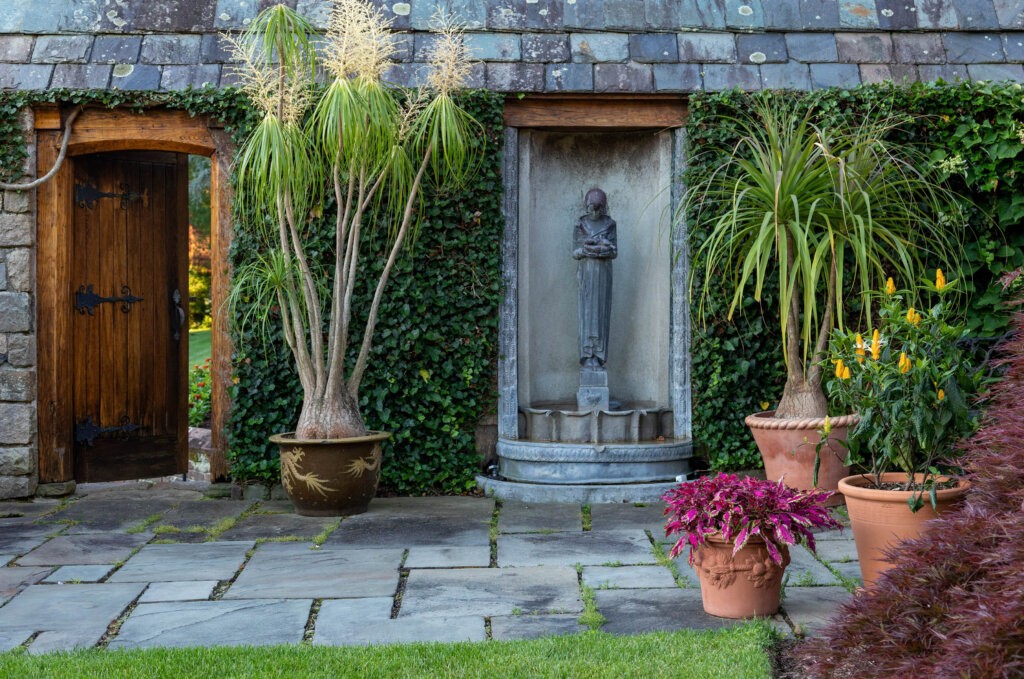
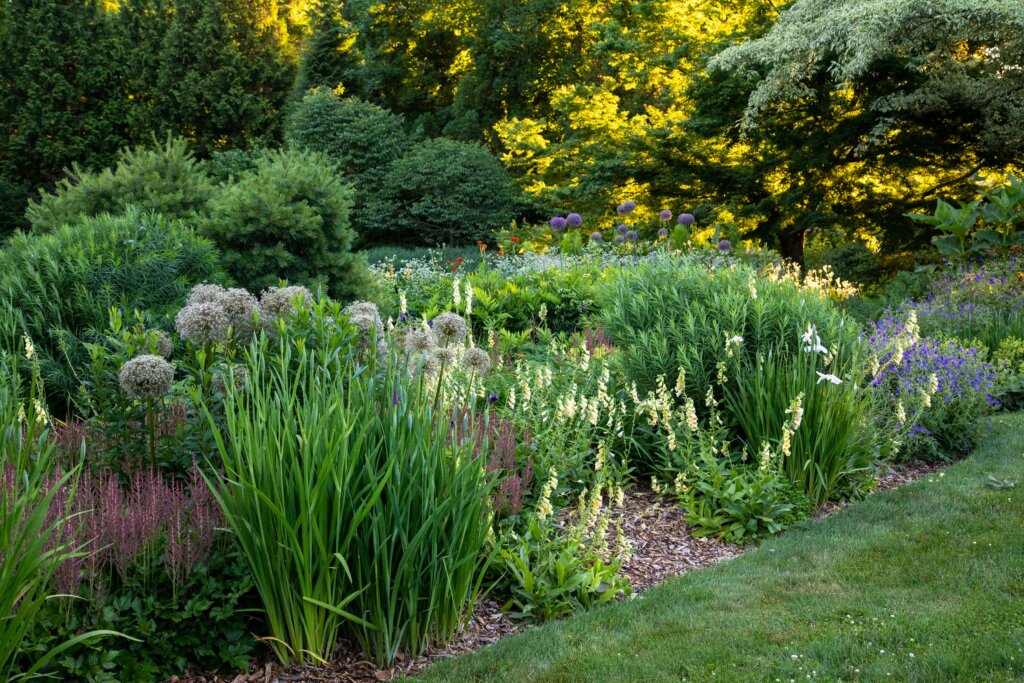
When he first surveyed his overgrown 10-acre lot, and eyed the mature trees being strangled by vines, he was confident a hidden gem awaited. He liberated the landscape from the overgrowth of poison ivy, bittersweet, and wild grapes, and nurtured the trees back to optimal health. After saving the essential bones of the landscape, the gardens were fleshed out.
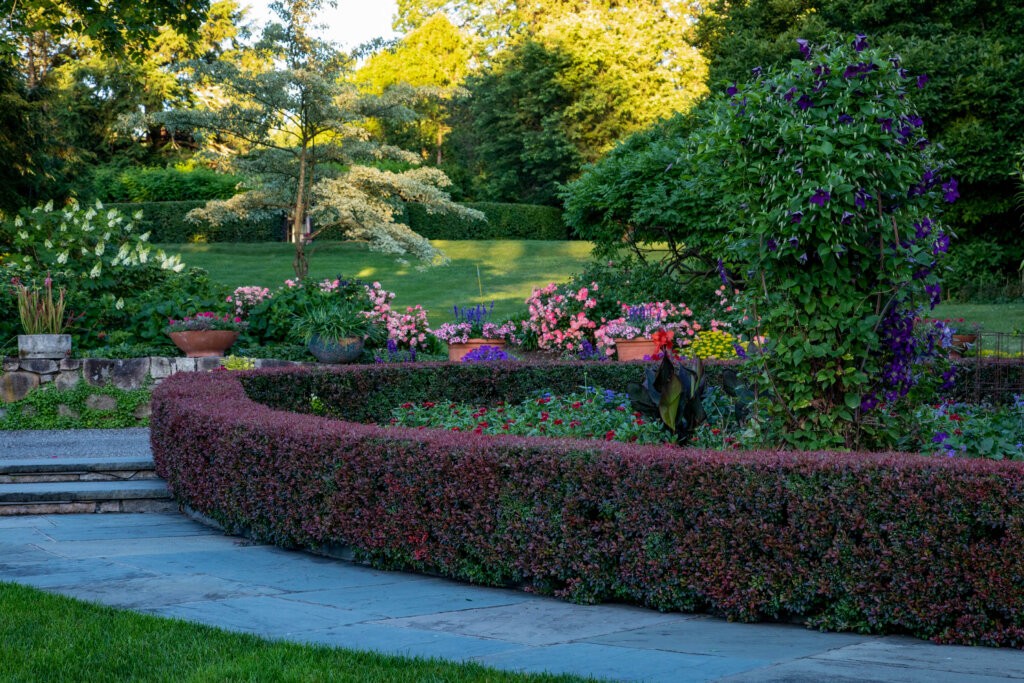
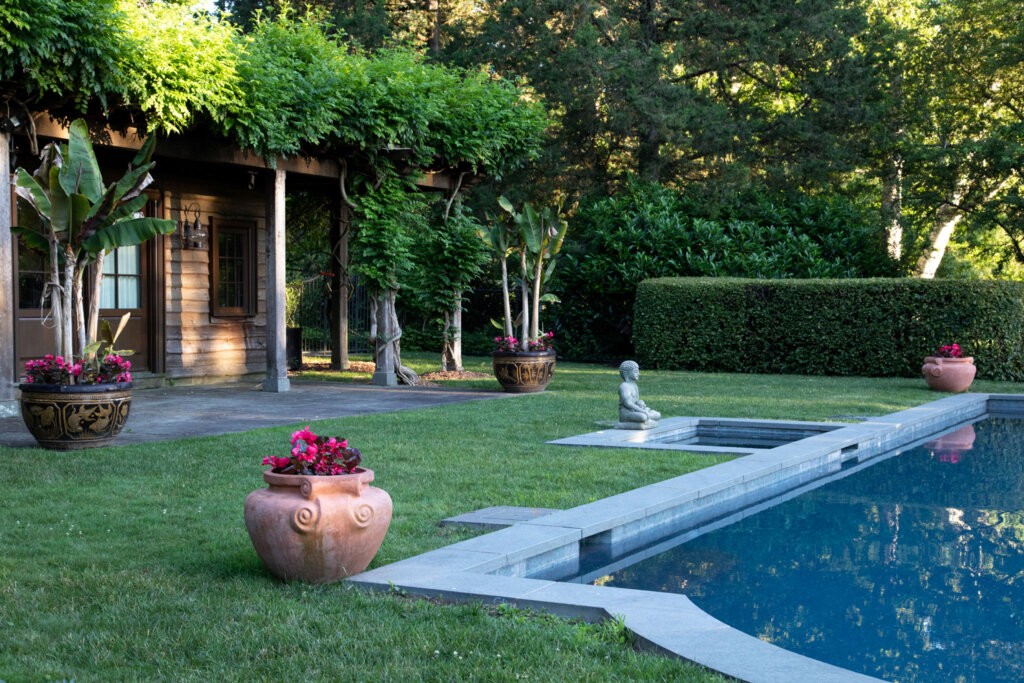
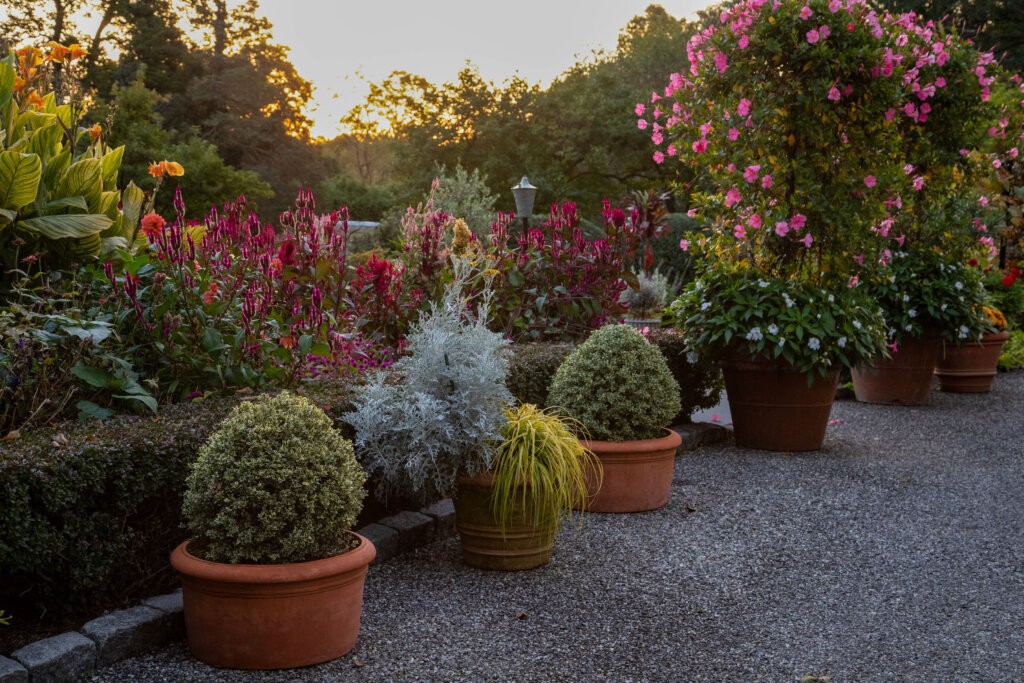
The gardens are designed in the English cottage style, with a looser arrangement and extensive annual and perennial bedding. This vibrant floral landscape is an intricate tapestry of layered plantings, color, and texture. That same style extends into the trees, with beeches, blue atlas cedars, and Japanese maples creating their own complementary tapestry to the flowers below them. The beds change seasonally, so there is always something in bloom, and in winter, the landscape at Gitanjali brings its own charms.

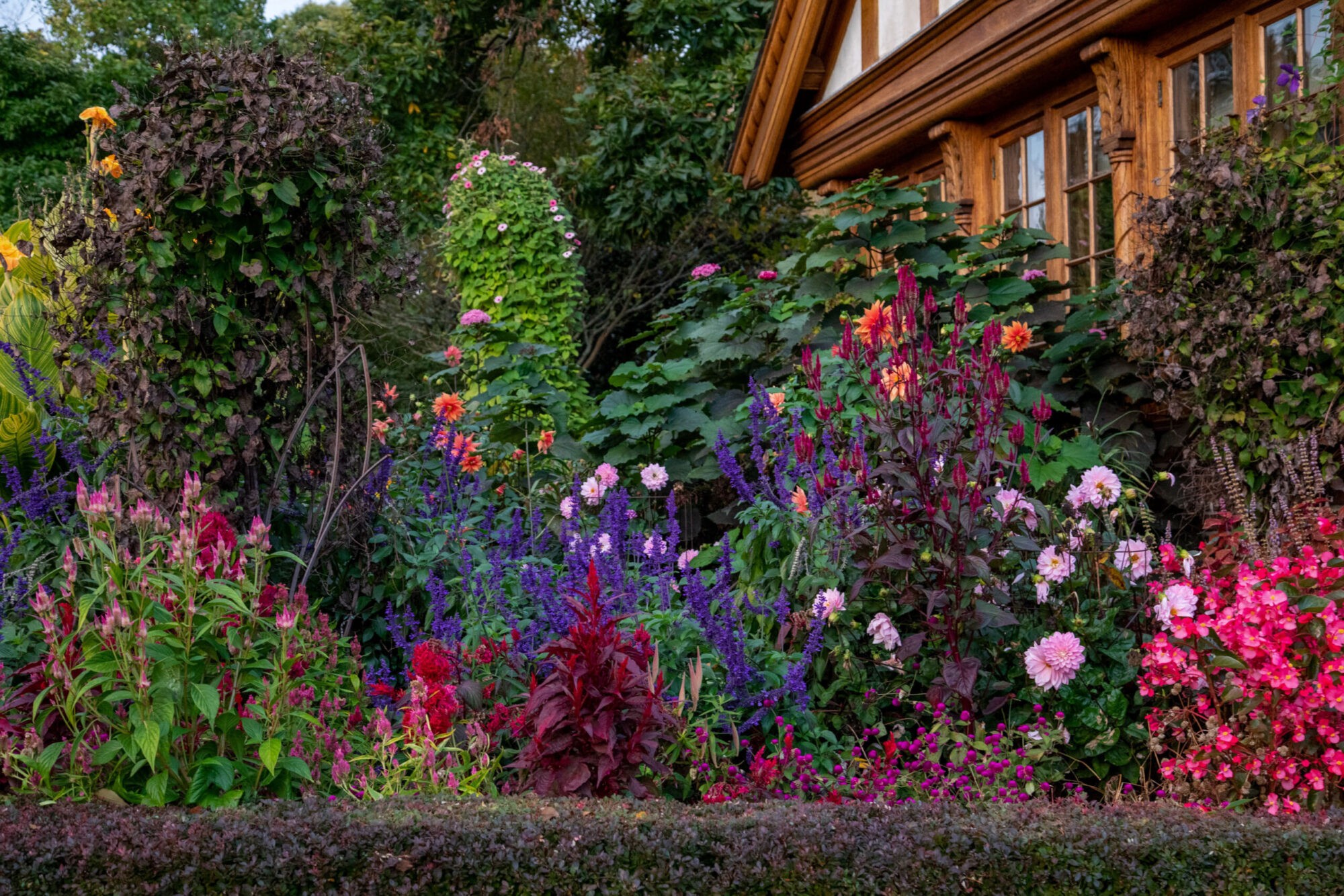
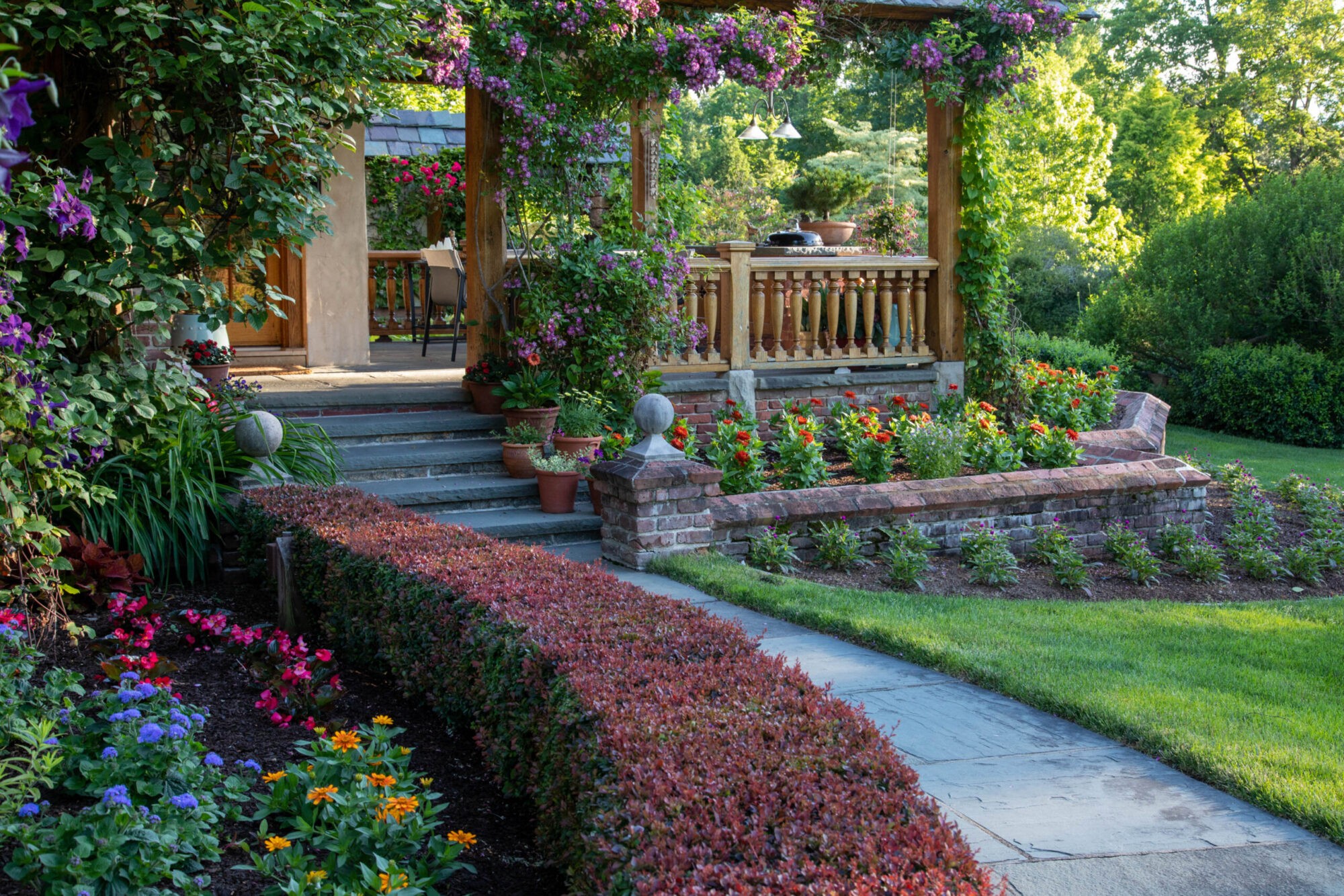
Many thanks to Caryn B. Davis for sharing this garden profile and photography.
About Caryn B. Davis Photography
Caryn B. Davis has been an architectural, interiors and landscape design photographer for 25 years.
Connecticut Gardens is her third book. It’s available through her website, www.carynbdavis.com, local bookstores and gift shops, and Amazon.
